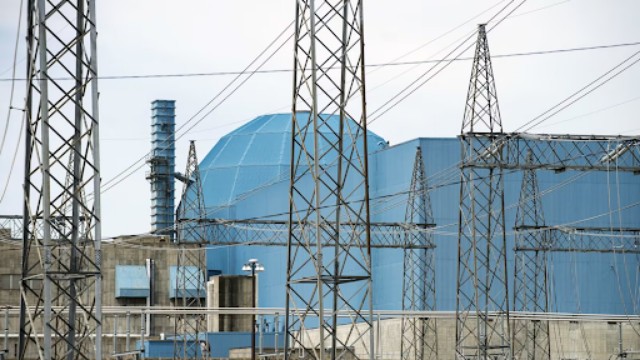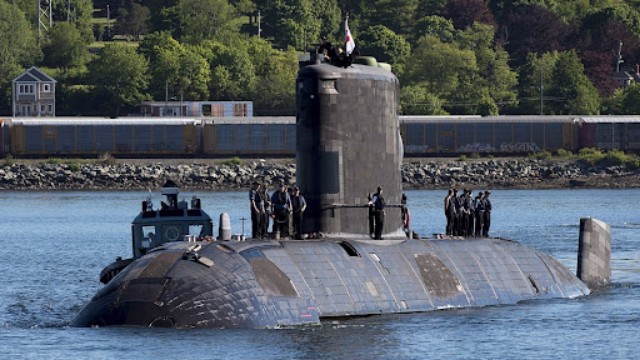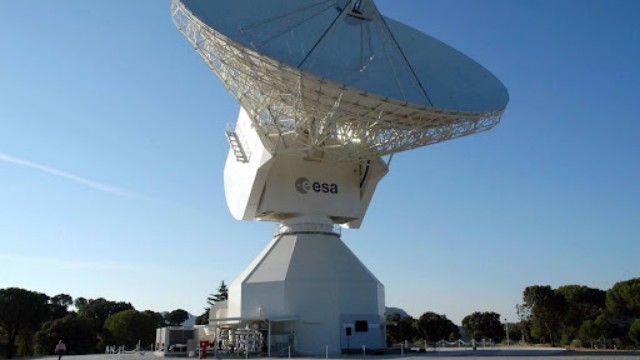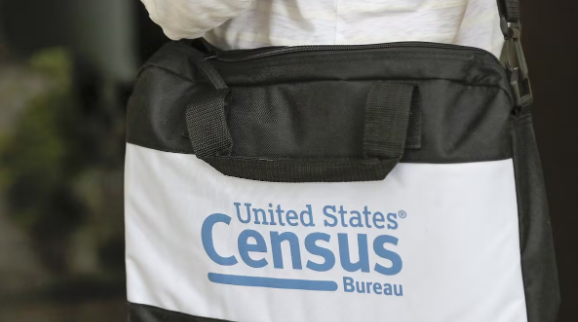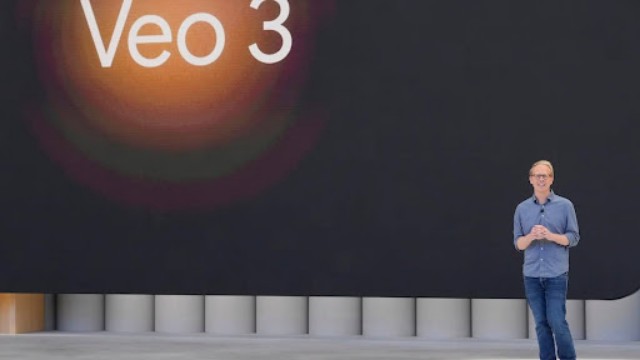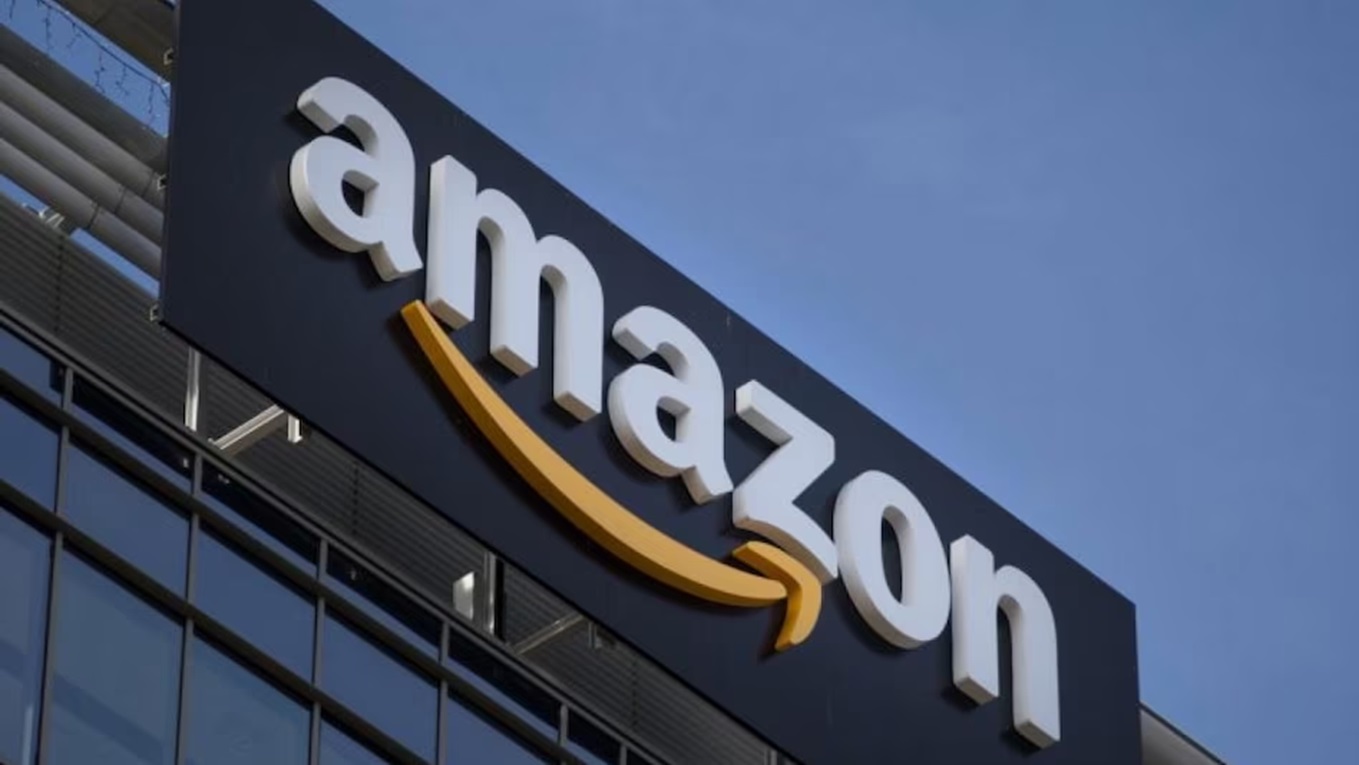
Amazon is using AI to help with delivery. (Business Today)
Amazon recently unveiled its latest technological addition, Sequoia, a cutting-edge robotics system named after the iconic trees nestled in California's Sierra Nevada region. The e-commerce giant aims to optimize its warehouse operations by leveraging AI-powered technology that promises improved delivery efficiency and operational safety.
Reported by The Wall Street Journal, the implementation of Sequoia is anticipated to significantly enhance the swiftness of product retrieval and storage by up to 75%, alongside a potential 25% boost in order fulfillment. This innovative system has already been put into action within one of Amazon's Houston-based warehouses.
Sequoia's operational framework involves vehicles transporting product-filled totes to a sorting mechanism. Utilizing robotic arms and advanced computer vision, the system adeptly identifies the inventory before directing it to employees for further processing. By positioning items at a reachable waist level, the system mitigates the need for laborers to access high shelves, thereby enhancing workplace safety.
Preceding Sequoia, Amazon had introduced Sparrow in 2022—a warehouse-tailored, AI-powered robotic arm. Sparrow's role lies in handling the remaining products post-Sequoia, streamlining the entire process and maximizing operational efficiency.
Emphasizing the fusion of speed and safety, Amazon underscores Sequoia's intent to curtail workplace injuries. The company underscores the necessity for human-robot collaboration to optimize warehouse functionalities, emphasizing the harmonious coexistence of both entities for seamless operations.
Amazon's commitment to warehouse safety remains steadfast, with Tye Brady, Amazon Robotics' chief technologist, expressing the company's mission to delegate mundane tasks to robots, freeing up human workers for more nuanced responsibilities. Amazon clarifies that automation implementation, including the introduction of Sequoia, isn't geared towards job elimination. Despite the integration of various robotics systems in the past decade, the company continues to maintain a substantial human workforce.
Although specific details regarding the impact of the new system on employment numbers were not disclosed by Amazon, the company remains dedicated to fostering innovation in logistics and supply chain operations. The $1 billion fund announced in 2022 underscores this commitment, alongside the introduction of Sparrow, a versatile robot designed to emulate human-like object handling capabilities.


